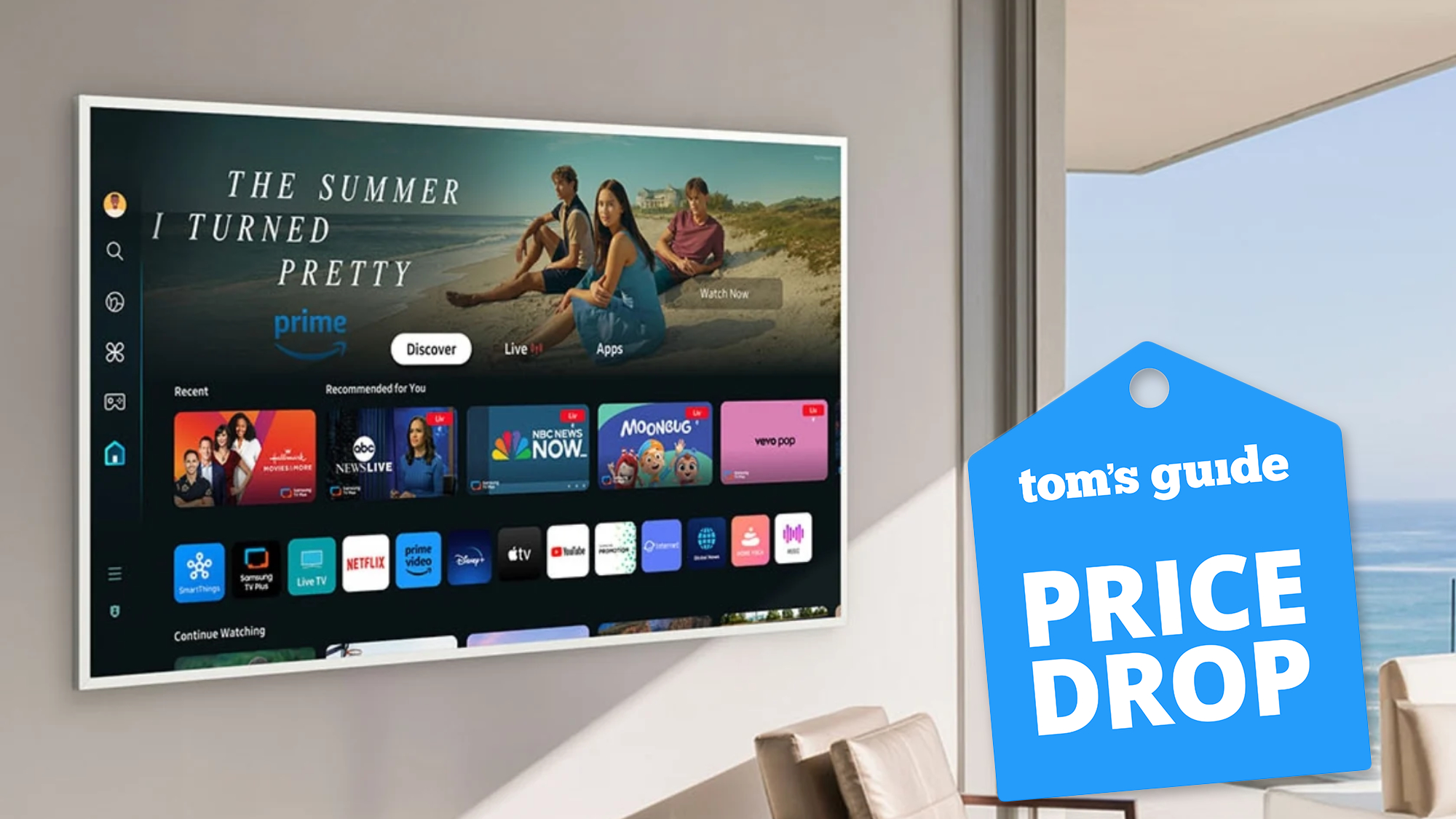I drove Subaru's first EV for a week — here’s my pros and cons
Here's what the Subaru Solterra is like
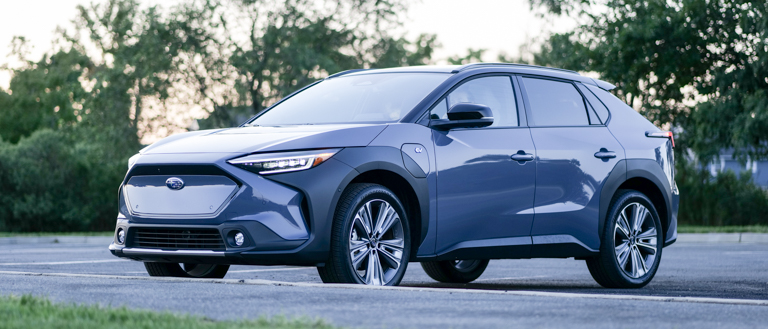
I didn’t realize how often car manufacturers collaborate with one another when it comes to developing new vehicles, but it seems like a frequent thing. That’s because after picking up the 2024 Subaru Solterra Touring (from $51,995), it looked very familiar with its peculiar body style — which became even more apparent sitting in the driver’s seat for the first time.
Really, it felt like deja vu because I thought I was checking out the Toyota bZ4X yet again. It was only a bit later on when I found out it’s based on the e-TNGA platform that was co-developed by Toyota and Subaru. Now it makes sense why the Solterra looks exactly like the bZ4X, much like how the Honda Prologue, Chevrolet Blazer EV, and Cadillac Lyriq are all similar because they’re based off the same platform.
Since I got a good feel for how the bZ4X handles, I wasn’t all that surprised with the Solterra. There are some notable differences, but for the most part I can say that much like the bZ4X, Subaru’s first all-electric vehicle has room to grow. Here’s all of my pros and cons after test driving the Subaru Solterra for a week.
2024 Subaru Solterra Touring: Quick Specifications
| Row 0 - Cell 0 | 2024 Subaru Solterra Touring |
| Battery | 72.8 kWh |
| Range | 222 miles |
| Horsepower | 215 hp |
| Wheels | 20-inches |
| MSRP | $51,995 |
2024 Subaru Solterra Touring: Driving summary
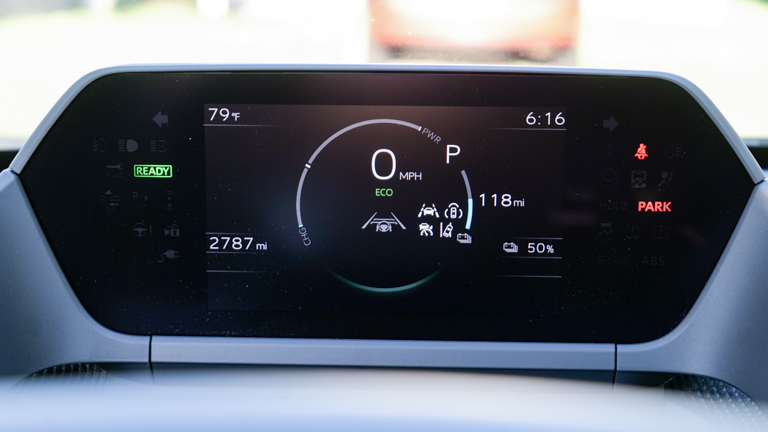
For the most part, Subaru Solterra's driving performance mirrors the bZ4X — so I really enjoy how this compact crossover is zippy with the acceleration, despite having a weak 215 hp motor. With all of my test drives, I like to emphasize the results I got with my real-world testing, along with how it handles Level 1 charging. I can’t stress enough about installing a Level 2 charger at home, but those just starting out will likely lean on Level 1 charging until they’re able to properly install a Level 2.
- 382.7 miles driven between highway and city driving
- Reached a maximum 4.3 mi/kWh efficiency driving 36 miles of congestion driving
- 33 miles added with Level 1 charging in 9.133 hours
- About 3.61 miles/hour rate on Level 1 charging
- 33% battery increase in 9.133 hours of charging
During one of my long distance driving tests that had me in traffic congestion for most of the ride, I was astounded it reached an efficiency of 4.3 mi/kWh in the 33 miles I drove. On average, though, the Solterra was getting me around 2.9 mi/kWh efficiency — which is decent, but not great. For example, the compact SUV in the Hyundai Kona Electric reached an efficiency of 4.5 mi/kWh.
2024 Subaru Solterra Touring: Pros
Futuristic design
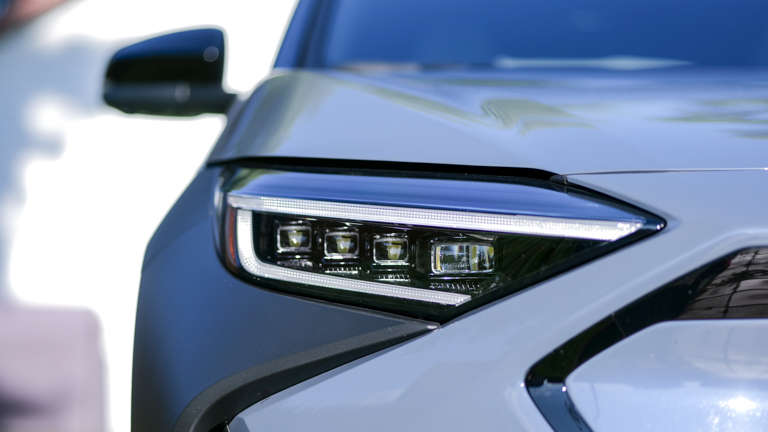
I can’t stress enough how I love the futuristic styling of the Solterra. Sure, it’s no different from the bZ4X, but that’s not a problem because its hard angled lines and contrasting accent colors make quick work in getting people’s attention — especially when it features a sleek, low profile design. The stacked projector headlights on the front also accentuates its look, while the lack of more airflow vents on the grill makes it look unlike most things you’ll see on the road.
Smooth ride
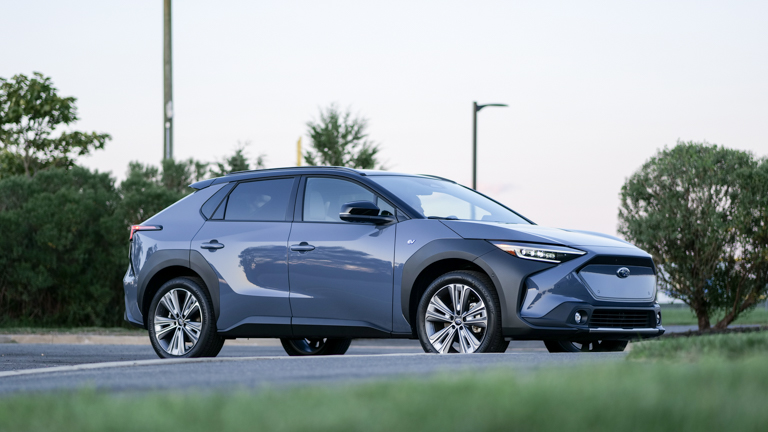
Even though I kept it in ECO mode for most of my test drive, I will say that the Subaru Solterra has decent power when you need it. Even when it’s at a complete stop, it has no issues getting into top speed, while on the highway, its low-profile design makes it feel much more stable at higher speeds than other SUVs I’ve tested — like the Kia EV9.
Sign up to get the BEST of Tom's Guide direct to your inbox.
Get instant access to breaking news, the hottest reviews, great deals and helpful tips.
One thing that separates the Solterra from the bZ4X is X-Mode, which changes the way it handles tougher driving conditions. While it’s meant to optimize the performance and handling for off-road driving, I found it useful in giving the Solterra a better grip with steep inclines.
Excellent smart cruise control
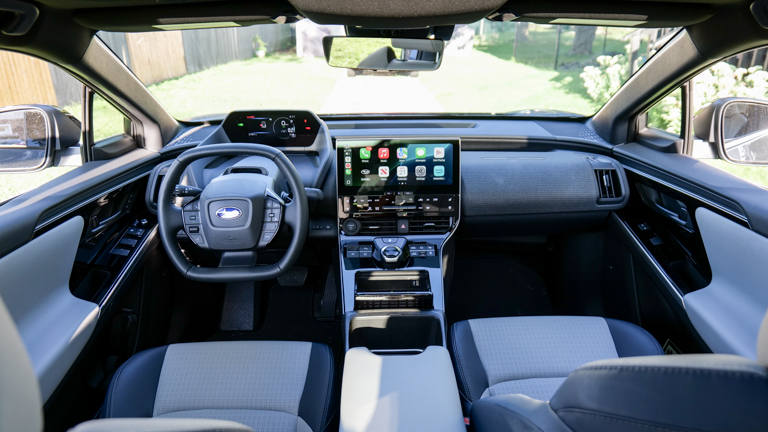
By now, it feels like smart cruise control comes standard in more vehicles, but not all of them perform exactly like the Solterra. Today’s smart cruise control does more than just to maintain your speed, but it will also apply any necessary braking and acceleration — all while steering the wheel for you.
The Solterra’s smart cruise control system is easily one of the best around, and just like the Toyota bZ4X, it does a better job of reacting to the conditions. For example, it applies a steady acceleration that never feels aggressive. I can’t tell you the amount of times it feels like the Solterra is anticipating the road ahead because it’s not jarring in the way it reacts.
2024 Subaru Solterra Touring: Cons
There’s nothing too different about it
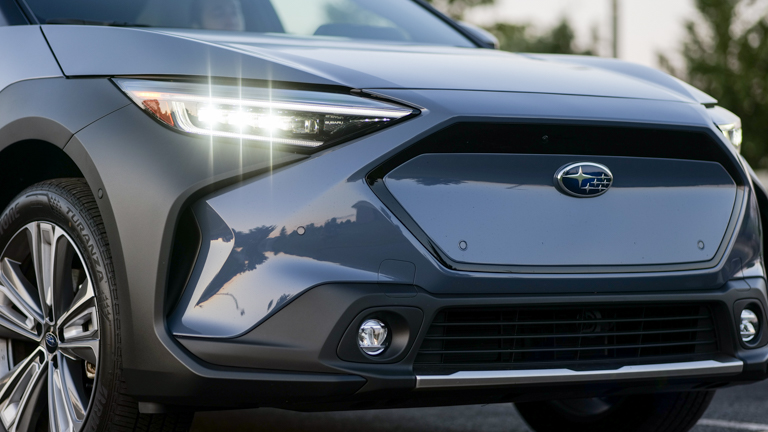
I’ll admit that it feels weird when two cars from different makers look identical, but I wish Subaru tweaked a few things since the Solterra technically came out after the Toyota bZ4X. Instead, I think it’s a missed opportunity for Subaru to set it apart. Just look at the Honda Prologue and Chevrolet Blazer EV, which have enough distinctive qualities about them — despite sharing the same chassis. Considering that it’s Subaru’s first EV, it’s overshadowed by the bZ4X simply for the fact that it got out of the gate first.
Infrared camera annoys you
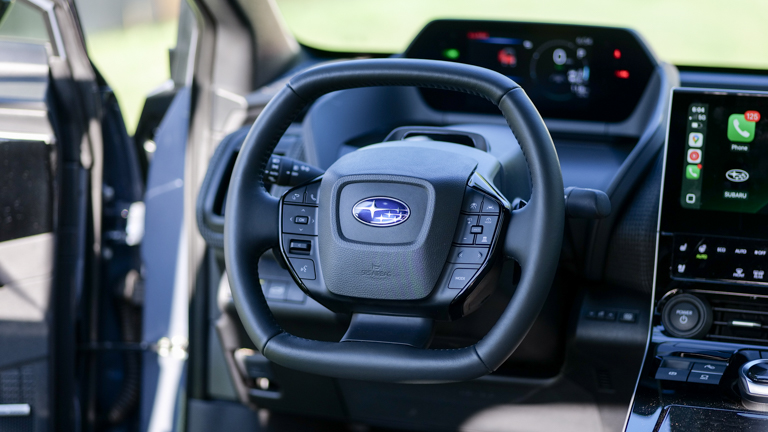
You could argue that the Subaru Solterra is one of the safest cars to drive, mainly because it’s non-stop at keeping an eye out on drivers with the infrared camera integrated above the steering wheel. Similar to the bZ4X, the infrared camera monitors you while driving — alerting me whenever I’m not looking straight at the dashboard, or when it can’t see my face. This type of nagging also persists with its smart cruise control system, which will disengage if the attention alerts it sends out are ignored.
2024 Subaru Solterra Touring: Bottom line

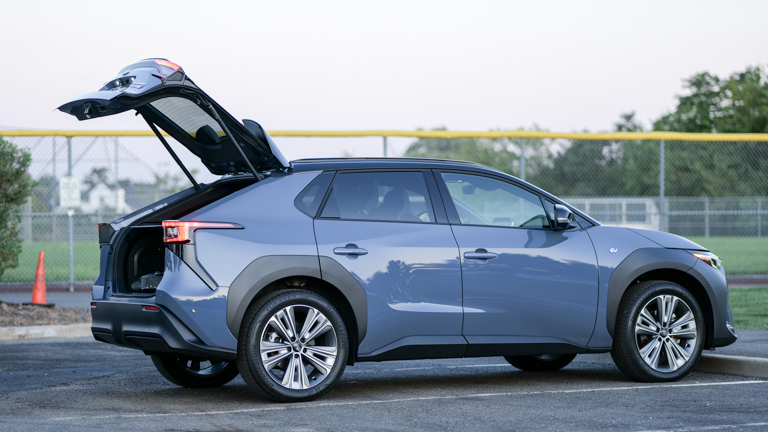
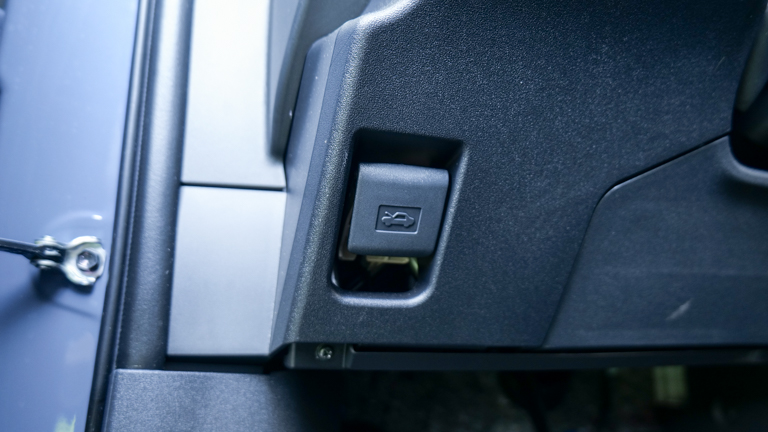
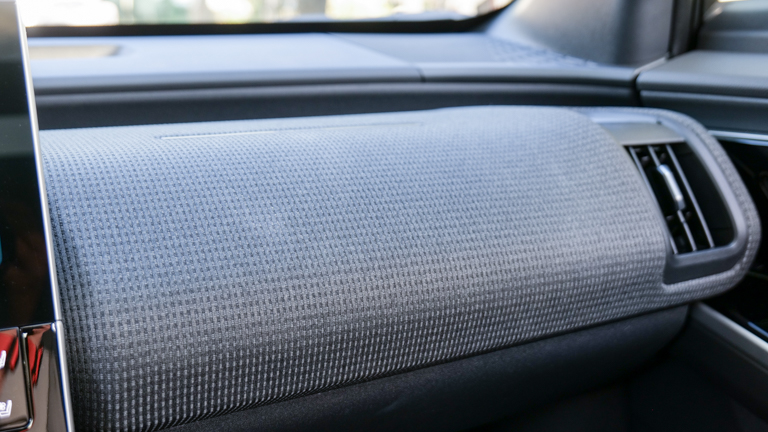
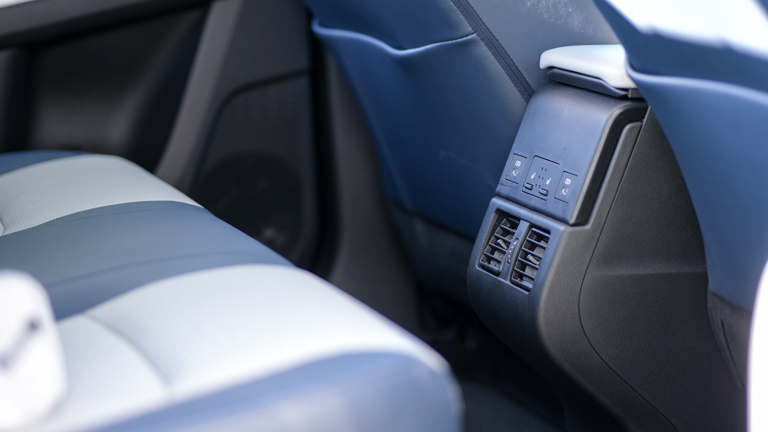
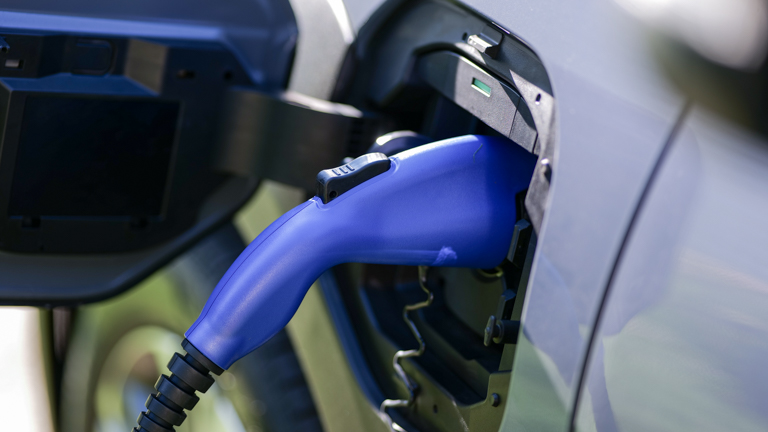
I don’t think the Subaru Solterra is a bad option if you’re looking for an EV that’s big on utility. Naturally, it has plenty of that with its spacious size and excellent handling. But it doesn’t do anything much else to set it apart from the bZ4X. For example, it doesn’t help that current lease deals benefit the bZ4X.
That’s because at $219/month for 36 months with $3,999 down, you’re paying $11,883 for Toyota’s EV — whereas Subaru’s asking $329/month for 36 months with $329 down, which turns out to be $12,173. And when you look at their MSRPs, again it’s Toyota with the lower cost with a $43,070 sticker price for the base XLE trim of the bZ4X versus $44,995 for the Solterra.
Unless you’re a diehard Subaru driver, it’s hard to dismiss the value that the bZ4X offers.
More from Tom's Guide

John’s a senior editor covering phones for Tom’s Guide. He’s no stranger in this area having covered mobile phones and gadgets since 2008 when he started his career. On top of his editor duties, he’s a seasoned videographer being in front and behind the camera producing YouTube videos. Previously, he held editor roles with PhoneArena, Android Authority, Digital Trends, and SPY. Outside of tech, he enjoys producing mini documentaries and fun social clips for small businesses, enjoying the beach life at the Jersey Shore, and recently becoming a first time homeowner.
-
Dominimmiv Any reason why you didn't share the range you got while driving? This sounds more like a description and not a review.Reply -
john_bk_ny80 Maybe try that math again. The base Toyota at $43,070 is FWD. Adding AWD option takes the price to $45,150. The Subaru comes standard with AWD so at $44,995, it’s $155 cheaper than a comparable BZ4X. Also, Subaru’s destination is $50 less ($1,345 vs. $1,395) so really it’s $205 cheaper. Unclear if lease price comparison was apples to apples since I’m not sure if it’s for an AWD or FWD BZ4X - so can’t comment on those numbers.Reply
